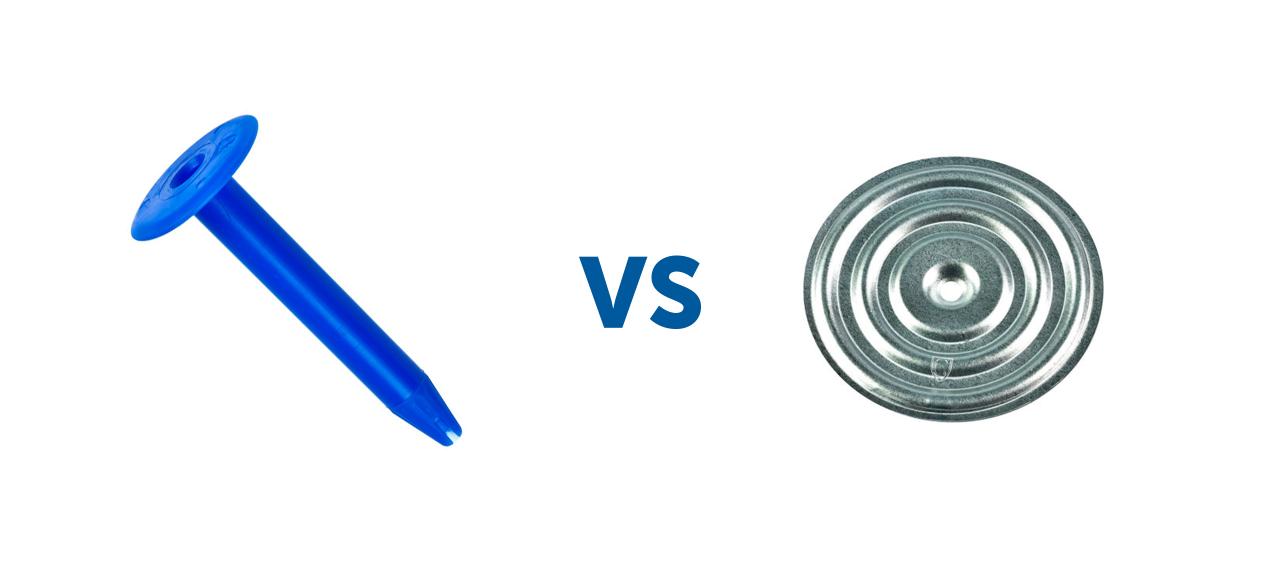Plastic tubes versus pressure plates


The Guardian tubes are applied in:
- the overlap fastening of roofing membranes;
- fastening of insulation;
- field fastening of roofing membranes;
- fastening of rail systems and pressure plates.
For those seeking high-performance solutions; the RB48 is a toothed plastic tube, specially developed for nylon roofing membranes. The RB48 achieves extra high calculation values, and the tube has an FM Approval.
Particularly for high-performance solutions for bituminous roofing membranes, we offer the RBS50.
The R23 tube can be used in combination with metal pressure plates and for the fastening of metal rail systems (steel bars).
Tubes R75 and RBS50 are also suitable for the fastening of insulation on all types of roof constructions. Tubes R45, R75 and RB48 have an FM approval.
Metal pressure plates and rails
Guardian pressure plates are suitable for:
- fastening single-layer roof systems;
- fastening multi-layer roof systems;
- fastening bitumen roofing membranes;
- fastening synthetic roofing membranes;
- overlapping fastening;
- field fastening;
- insulation fastening;
- fastening substrates.
We offer a wide range of pressure plates for fastening single and multi-layer roof systems (field and overlap fastening / synthetic and bitumen roofing membranes). The metal pressure plates are also suitable for fastening insulation and substrates. For extra high-performance / extra high calculation values, toothed pressure plates have been developed. Steel bars can be used for linear fastening and overlap and field fastening.
Pressure plate SPA 8240 has an FM Approval.
Why opt for tubes?
Because the screws are placed in the shaft of the tube, it is safe to step on them. Even if you are walking or working on the roof, the screw does not protrude and therefore does not penetrate the roofing membrane.
With a thermal bridge there is an accelerated heat loss, because the insulation layer has been broken. With a (metal) pressure plate, the heat inside a building is conducted outside faster than with a (nylon) tube; these conduct less heat.
If we look at ‘green’ differences, we can also see that tubes are better for the environment. Because they are made of nylon, they are recyclable.
As a final advantage, we can certainly conclude that tubes are more attractive than pressure plates from a pricing aspect.


